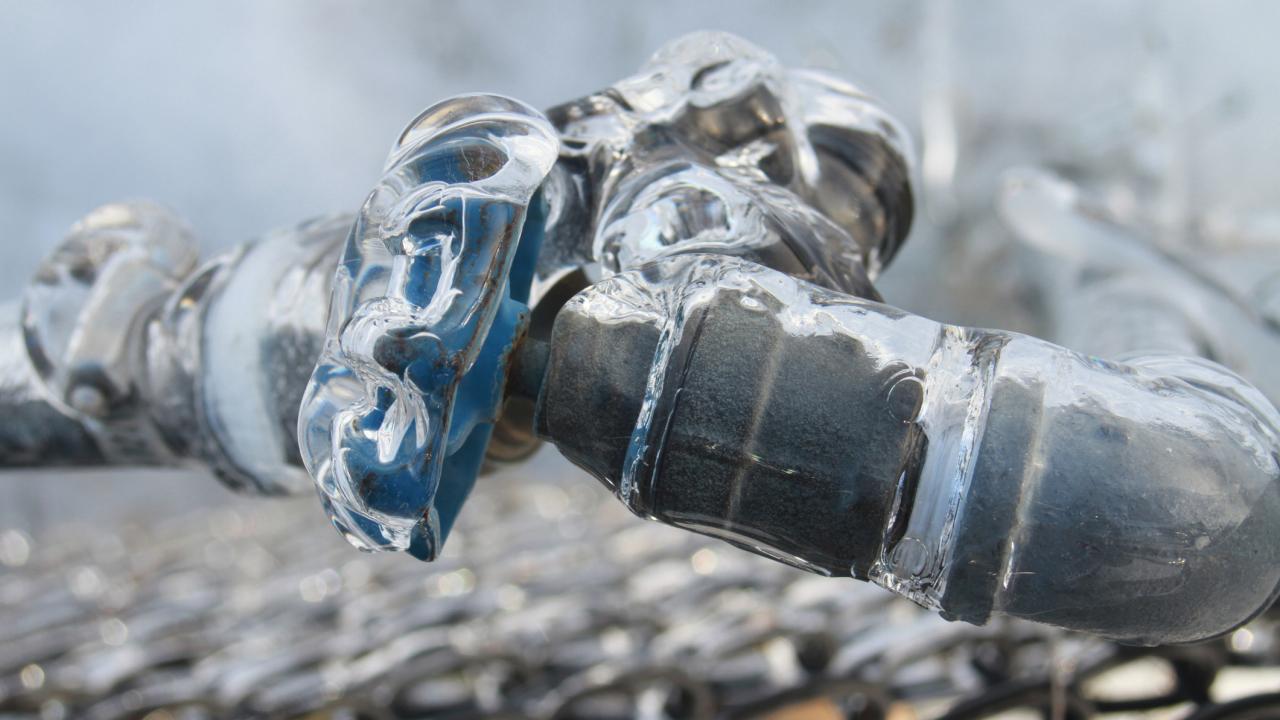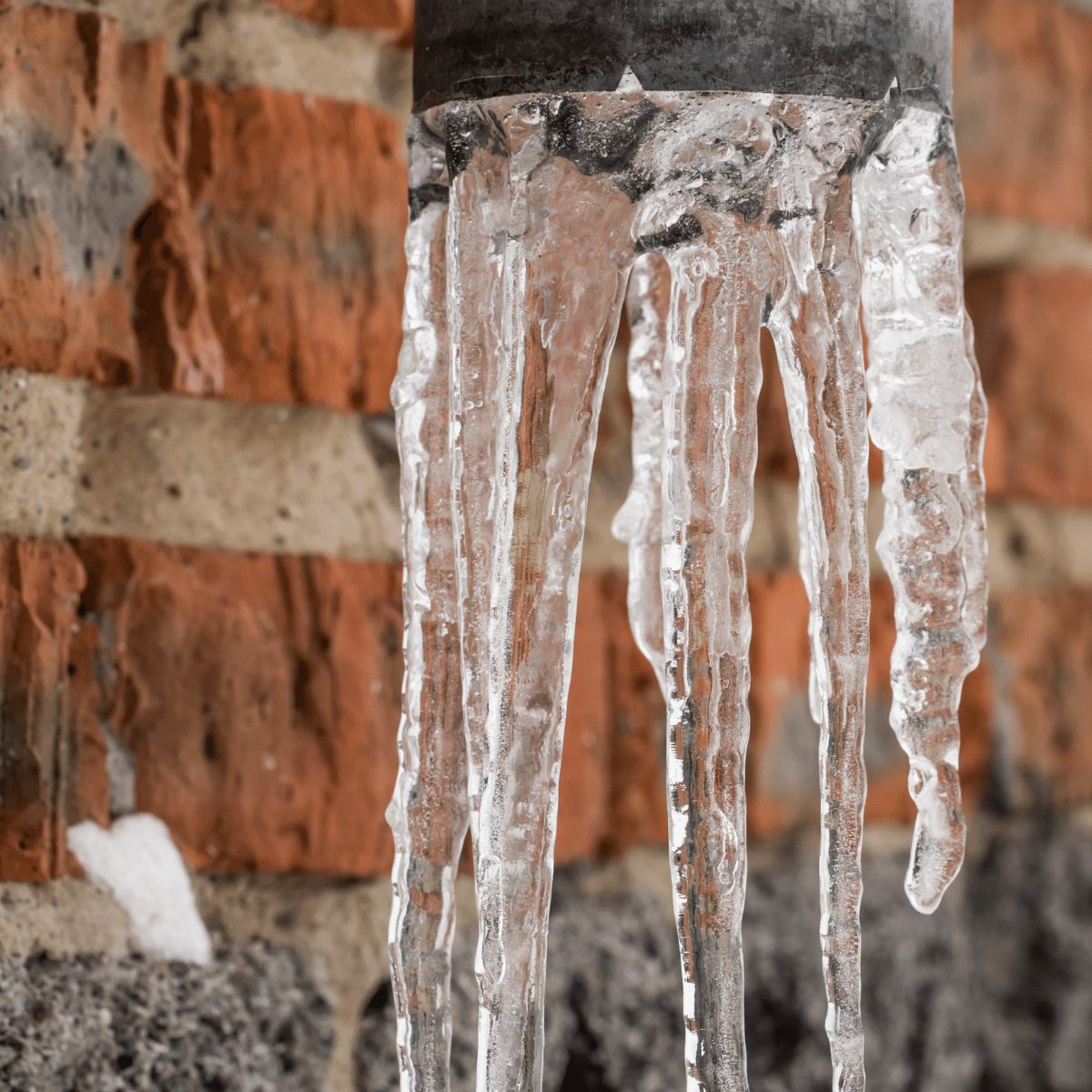Preventing Frozen Pipes in Winter: Critical Tips
Preventing Frozen Pipes in Winter: Critical Tips
Blog Article
Every person has got their own individual rationale about Helpful Tips to Prevent Frozen Pipes this Winter.

Cold weather can damage your plumbing, specifically by freezing pipes. Right here's how to stop it from taking place and what to do if it does.
Intro
As temperature levels drop, the danger of frozen pipes boosts, potentially bring about pricey fixings and water damage. Understanding how to prevent frozen pipes is essential for house owners in cool climates.
Prevention Tips
Insulating susceptible pipes
Cover pipes in insulation sleeves or use heat tape to shield them from freezing temperature levels. Concentrate on pipelines in unheated or external areas of the home.
Heating techniques
Maintain interior rooms appropriately heated, particularly locations with plumbing. Open cabinet doors to permit warm air to circulate around pipelines under sinks.
How to determine icy pipelines
Search for lowered water circulation from taps, uncommon odors or sounds from pipelines, and visible frost on revealed pipes.
Long-Term Solutions
Structural adjustments
Take into consideration rerouting pipes away from exterior walls or unheated locations. Include extra insulation to attics, cellars, and crawl spaces.
Updating insulation
Invest in top quality insulation for pipelines, attic rooms, and wall surfaces. Proper insulation assists maintain regular temperatures and decreases the danger of frozen pipelines.
Protecting Outside Plumbing
Yard hose pipes and exterior faucets
Separate and drain yard hoses before winter season. Mount frost-proof faucets or cover exterior faucets with shielded caps.
Understanding Frozen Pipelines
What triggers pipes to ice up?
Pipelines ice up when revealed to temperatures listed below 32 ° F (0 ° C) for extended durations. As water inside the pipes freezes, it increases, putting pressure on the pipe walls and potentially creating them to rupture.
Threats and problems
Icy pipes can bring about water interruptions, residential or commercial property damages, and costly fixings. Burst pipes can flooding homes and trigger extensive structural damages.
Signs of Frozen Piping
Identifying icy pipelines early can prevent them from breaking.
What to Do If Your Pipes Freeze
Immediate actions to take
If you suspect frozen pipes, keep faucets open to relieve pressure as the ice melts. Utilize a hairdryer or towels soaked in warm water to thaw pipes slowly.
Verdict
Preventing icy pipes calls for proactive measures and fast actions. By understanding the reasons, signs, and safety nets, home owners can protect their plumbing throughout cold weather.
5 Ways to Prevent Frozen Pipes
Drain Outdoor Faucets and Disconnect Hoses
First, close the shut-off valve that controls the flow of water in the pipe to your outdoor faucet. Then, head outside to disconnect and drain your hose and open the outdoor faucet to allow the water to completely drain out of the line. Turn off the faucet when done. Finally, head back to the shut-off valve and drain the remaining water inside the pipe into a bucket or container. Additionally, if you have a home irrigation system, you should consider hiring an expert to clear the system of water each year.
Insulate Pipes
One of the best and most cost-effective methods for preventing frozen water pipes is to wrap your pipes with insulation. This is especially important for areas in your home that aren’t exposed to heat, such as an attic. We suggest using foam sleeves, which can typically be found at your local hardware store.
Keep Heat Running at 65
Your pipes are located inside your walls, and the temperature there is much colder than the rest of the house. To prevent your pipes from freezing, The Insurance Information Institute suggests that you keep your home heated to at least 65 degrees, even when traveling. You may want to invest in smart devices that can keep an eye on the temperature in your home while you’re away.
Leave Water Dripping
Moving water — even a small trickle — can prevent ice from forming inside your pipes. When freezing temps are imminent, start a drip of water from all faucets that serve exposed pipes. Leaving a few faucets running will also help relieve pressure inside the pipes and help prevent a rupture if the water inside freezes.
Open Cupboard Doors
Warm your kitchen and bathroom pipes by opening cupboards and vanities. You should also leave your interior doors ajar to help warm air circulate evenly throughout your home.

I have been very interested in Prevent Frozen Pipes and I hope you liked the new blog posting. Liked our blog entry? Please share it. Let another person locate it. We thank you for your readership.
Schedule Service Report this page